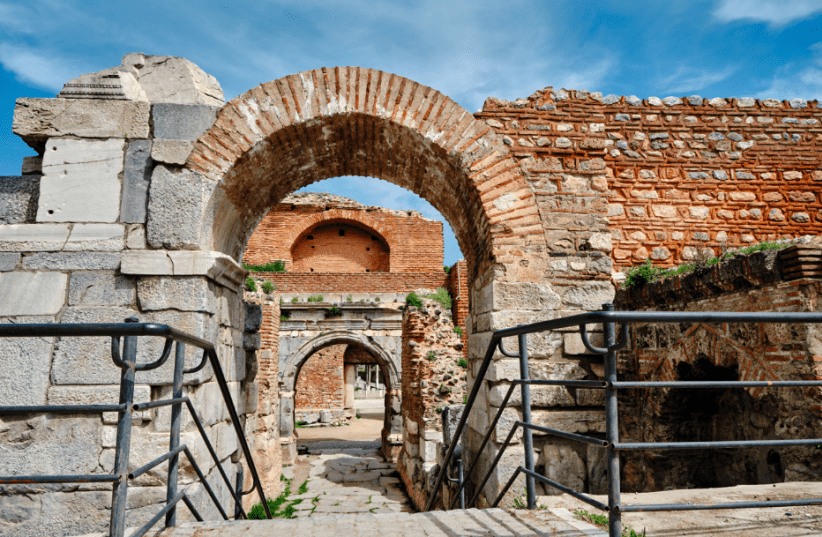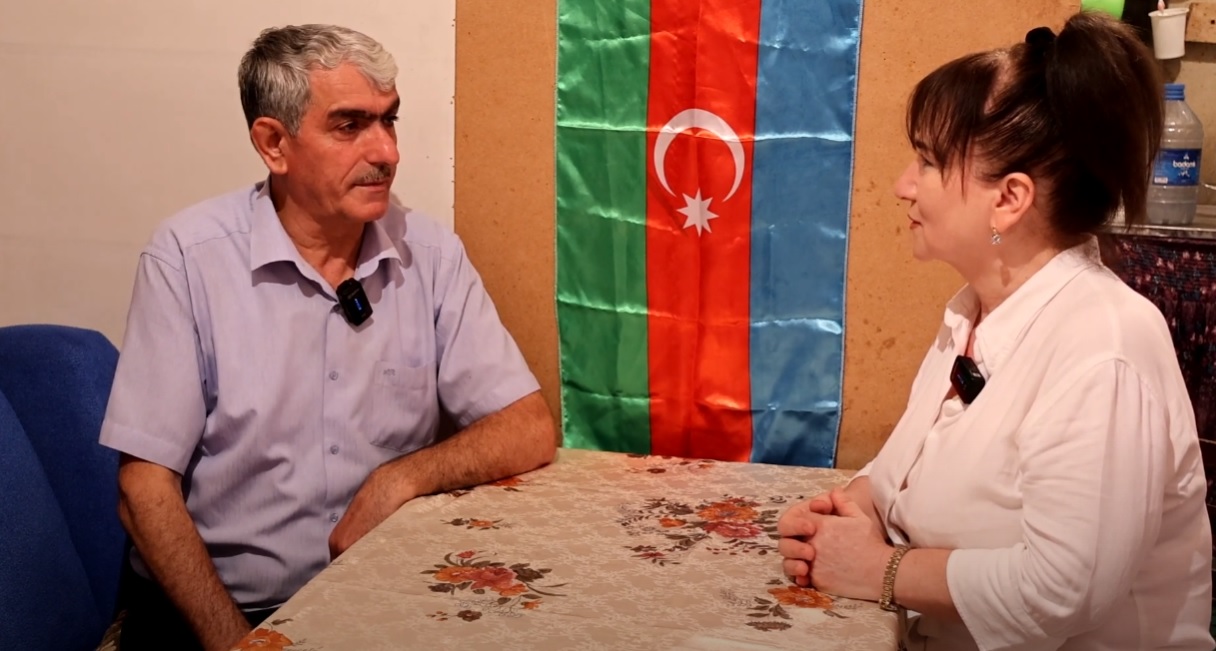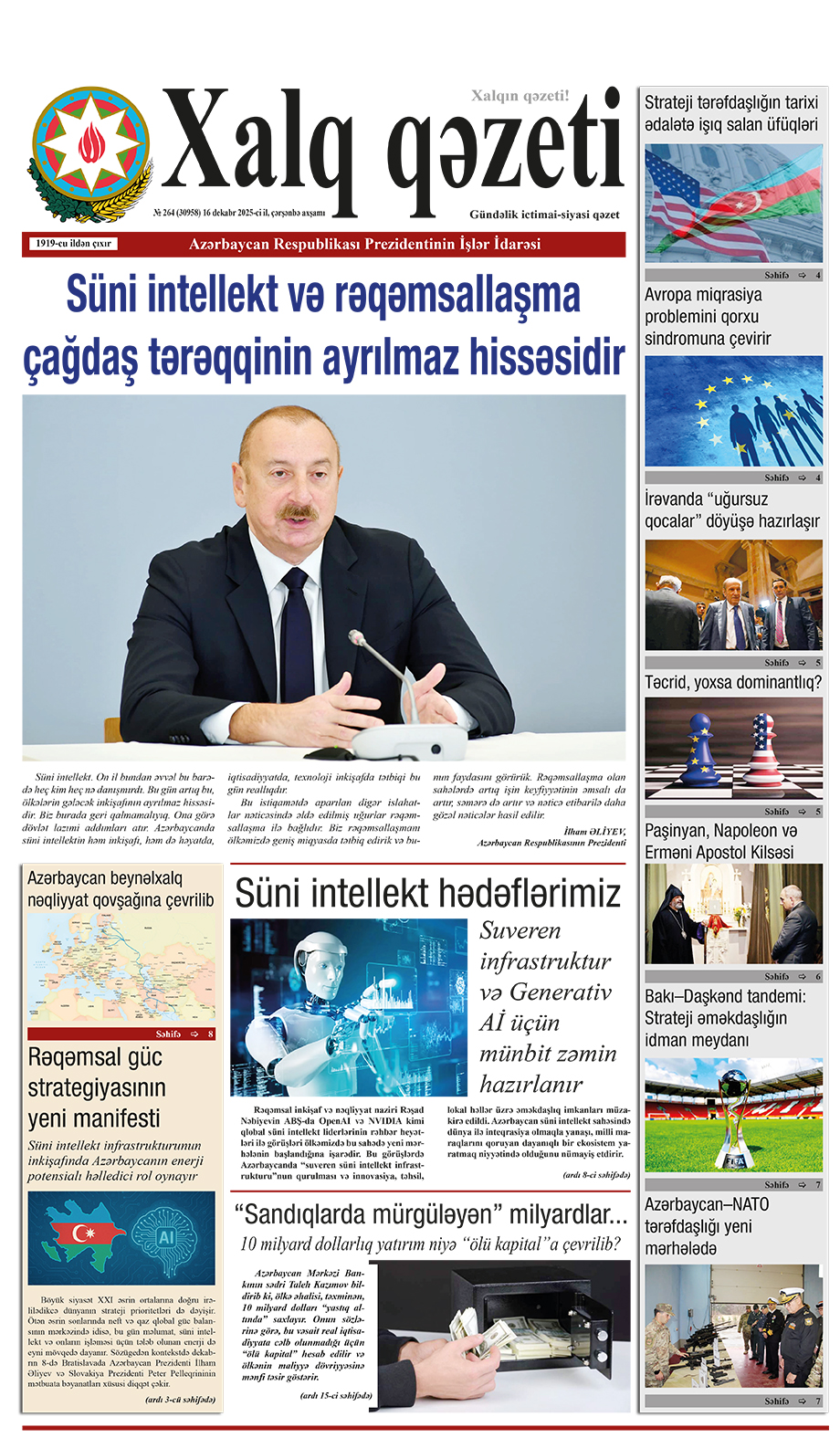By JERUSALEM POST STAFF
Retired museum director says tombstone was integrated into aqueduct during 1960s restoration.
Tourists exploring the ancient Roman aqueduct in İznik, Bursa, recently made an unexpected discovery: an Ottoman Period tombstone integrated into the aqueduct's construction. The tombstone was likely incorporated during restoration work carried out in the 1960s.
Retired museum director Taylan Sevil explained that the tombstone is a reused material from the old Ottoman period, exemplifying devşirme/sipolyen, or reused architectural material. “At that time, there were no conservation specialists or trained professionals supervising the restoration of ancient finds,” said Sevil, according to turkiyetoday.com. He added, “Contractors simply used whatever materials were available. Reusing older elements like this has been a common practice since ancient times.”
İznik, known for its rich cultural tapestry, has hosted four civilizations throughout history and is currently on the UNESCO World Heritage Tentative List.
Formerly known as Nicaea, İznik is an ancient city in northwestern Anatolia with a role in early Christianity and a connection to the Ottoman Empire. Nicaea was the site of the First and Second Councils of Nicaea, where the Nicene Creed was established. In 313 CE, with the Edict of Milan, Christianity was legalized in Nicaea.
The city briefly served as the capital of the Ottomans from 1331 to 1335 and was the capital of the Empire of Nicaea following the Fourth Crusade. However, Nicaea's historical importance declined after the Ottomans moved their capital to Bursa. Nevertheless, Nicaea's legacy endures through its monumental walls and architectural heritage.
İznik has become a popular destination for both domestic and foreign tourists due to its historical riches, drawing visitors eager to uncover its layered past. As the city continues its efforts toward full UNESCO recognition, finds like the Ottoman tombstone further emphasize its cultural and historical importance.
The discovery underscores the complex history of İznik, where elements from different eras intertwine. The reuse of the Ottoman tombstone within the Roman aqueduct is a physical manifestation of the city's layered past. “Reusing older elements like this has been a common practice since ancient times,” noted Sevil.
The integration of the tombstone into the aqueduct during the 1960s reflects restoration practices of the time. With no conservation specialists or trained professionals supervising the restoration of ancient finds, contractors utilized whatever materials were available. This practice, while not aligned with modern conservation standards, contributes to the rich tapestry of İznik's historical landscape.
The ancient aqueduct itself, stretching approximately 20 to 25 kilometers, is a testament to Roman engineering and has been a landmark in the region. Over the years, it has undergone numerous repairs, which have sometimes led to the incorporation of materials from different historical periods.
As İznik pushes for full UNESCO World Heritage status, such discoveries bring renewed attention to its vast cultural heritage. The city's efforts are bolstered by its historical sites, including the Roman aqueduct, ancient walls, and religious landmarks.

















.png)


